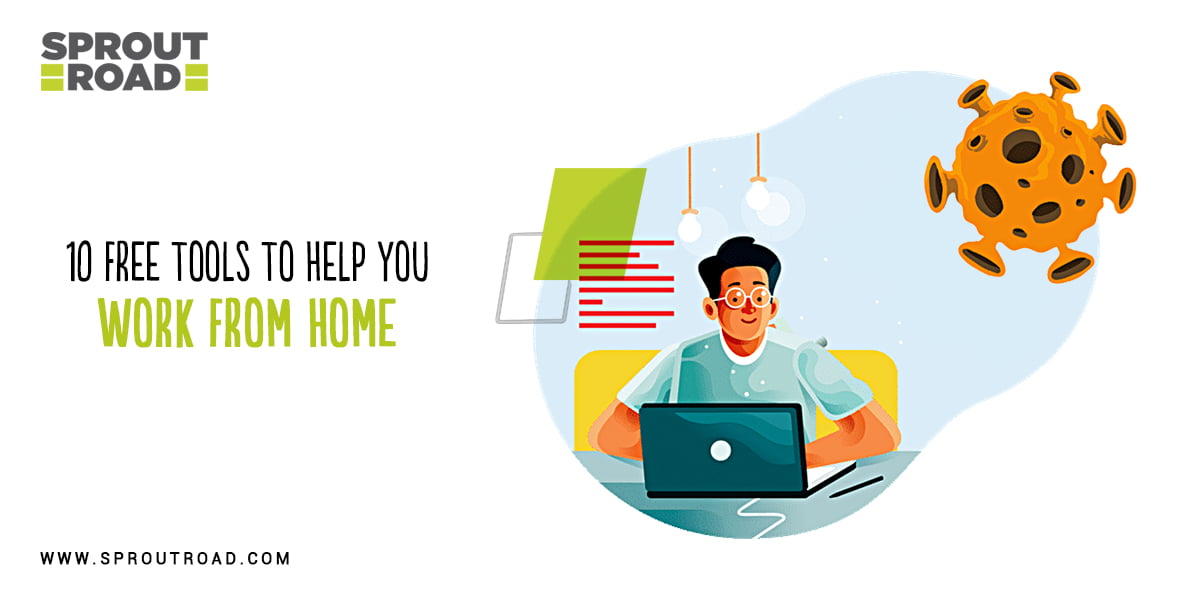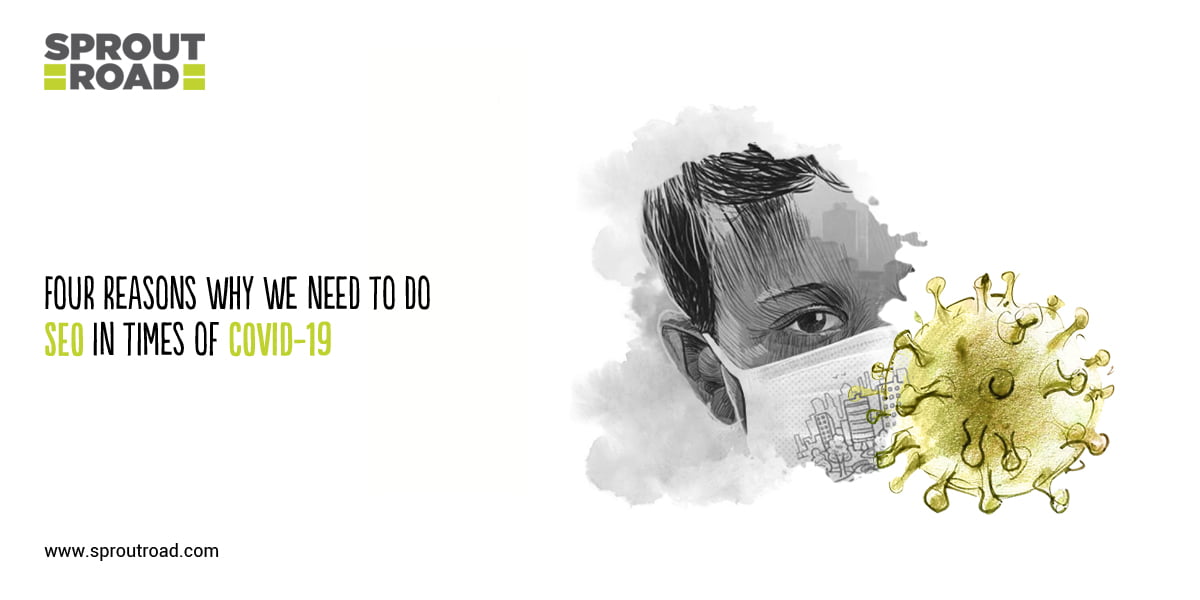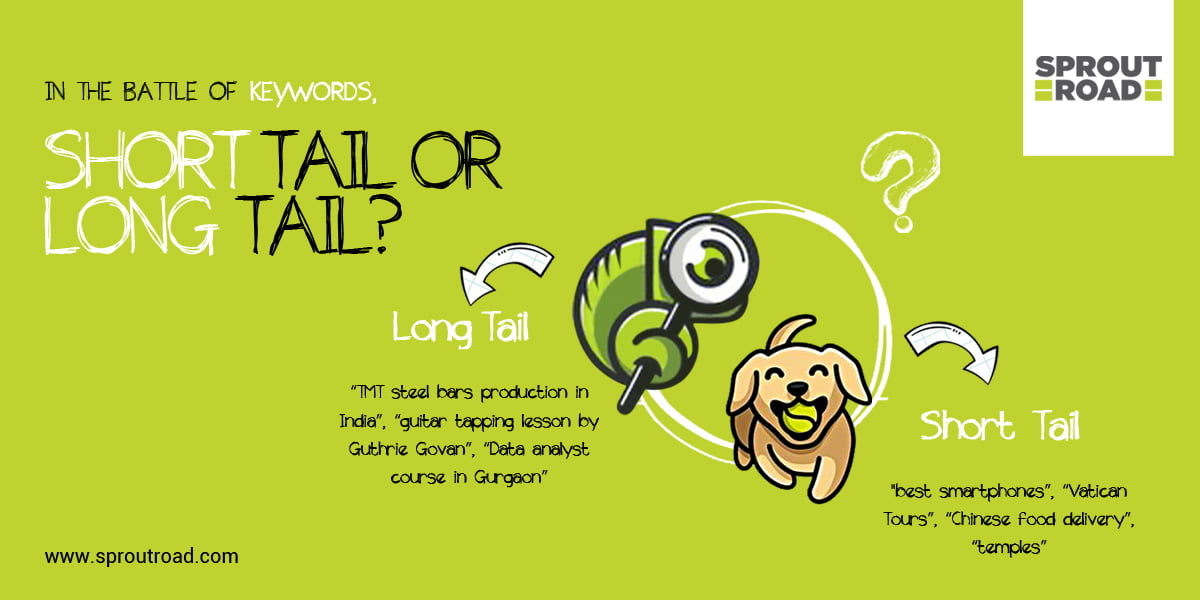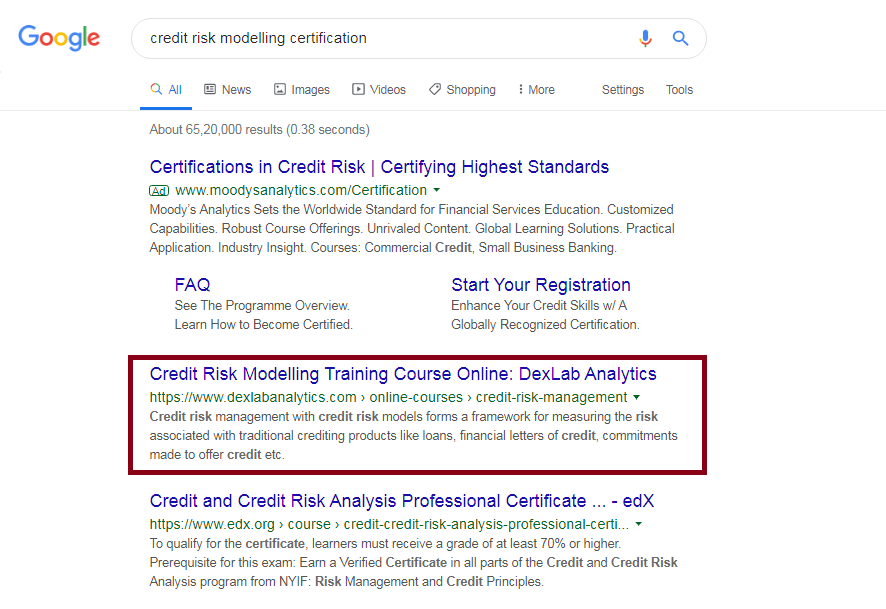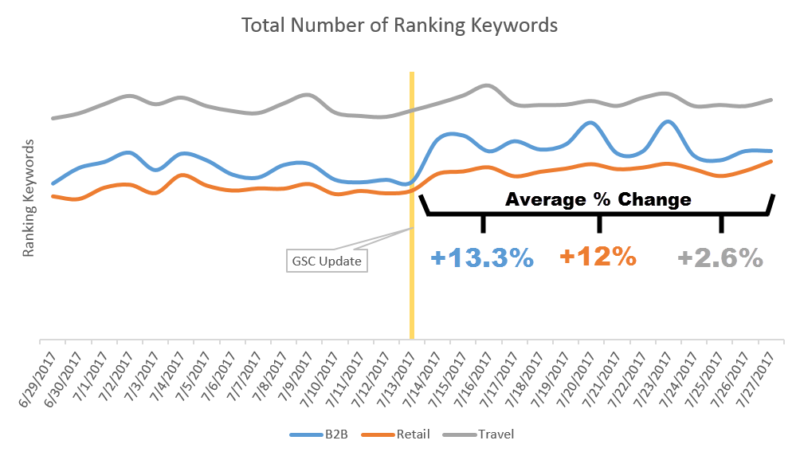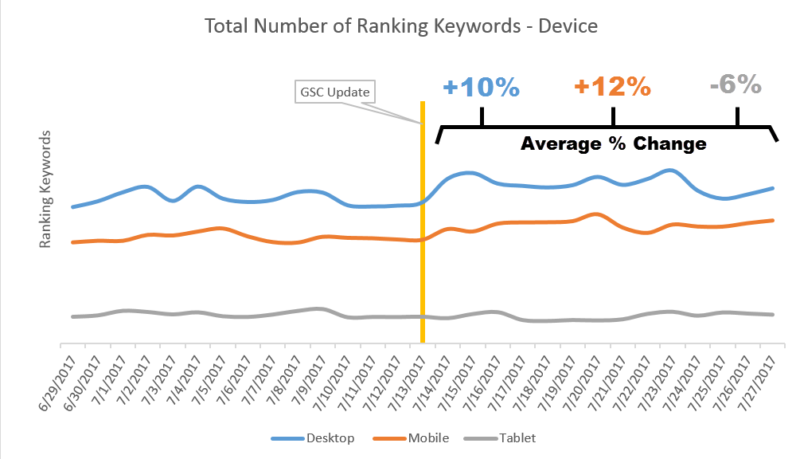The domain name is our identity on the internet just as our names are for us in the world we live in. Choosing the right domain name is the primary thing you need to consider when starting with a website.
However, it can be quite hectic to pick the right name for your website and it demands a good amount of brainstorming to get it right. Furthermore, you ought to be extra careful if your website is to serve a commercial purpose because it can make or mar your business. But don’t worry because here we bring you exclusive hacks to start your website with an effective domain name.
Get a regional domain
The .com might have been one of the most popular domain extensions but opting for a regional domain isn’t a bad option either. For instance, you can go for .in if your website is for the Indian audiences or .fr if your website targets France. This would make you local and thereby, bring in a considerable amount of credibility to your business.
However, getting a .com domain is the best thing to do in case you have an international requirement. There are numerous other extensions, which might seem appealing but are fraught with challenges.
Insert keywords in your domain name
Using keywords in your domain name will not only inform the search engines but also your audiences about your website. Therefore, inserting relevant keywords in your domain name will surely benefit your business.
Go for short, simple and memorable names
A domain name is responsible for the first impression of your website. Therefore, you should make sure that it is impactful. Here’s where short and simple domain names come into play. Besides, being easier to remember, short names will be free of typos and make for a lasting impression on your audiences.
Unique domain names rule
Unique names stand out in the world of domain names. They are much more brandable and promise an enviable brand recognition. Distinctive domain names also save you from getting mired in copyright issues.
Endnotes
Applying these hacks will undoubtedly help you come up with an amazing domain name for your website. However, if you want to build a quality website that is both attractive and marketable, you must consult the experts. Sprout Road is one of the best web development companies in Kolkata you can appoint as your official website builder.
Do you know why you need a blog for your website? If not, check here.
YOU MAY ALSO LIKE READING:-
- Google Maps’ Ad Traffic Is Steadily Increasing, Here’s How
- Why You Should Get a Dynamic Website?
- How to Feature Your Site Content with Google’s Feature Snippets?
- 15 Reasons Why You Must Migrate To Magento 2 From Magento 1
- How You Can Work From Home During COVID 19 – Some Free Tools
- 10 Free Tools To Help You Work From Home
- Why The COVID-19 Lockdown Is The Best Time To Take Your Business Online



